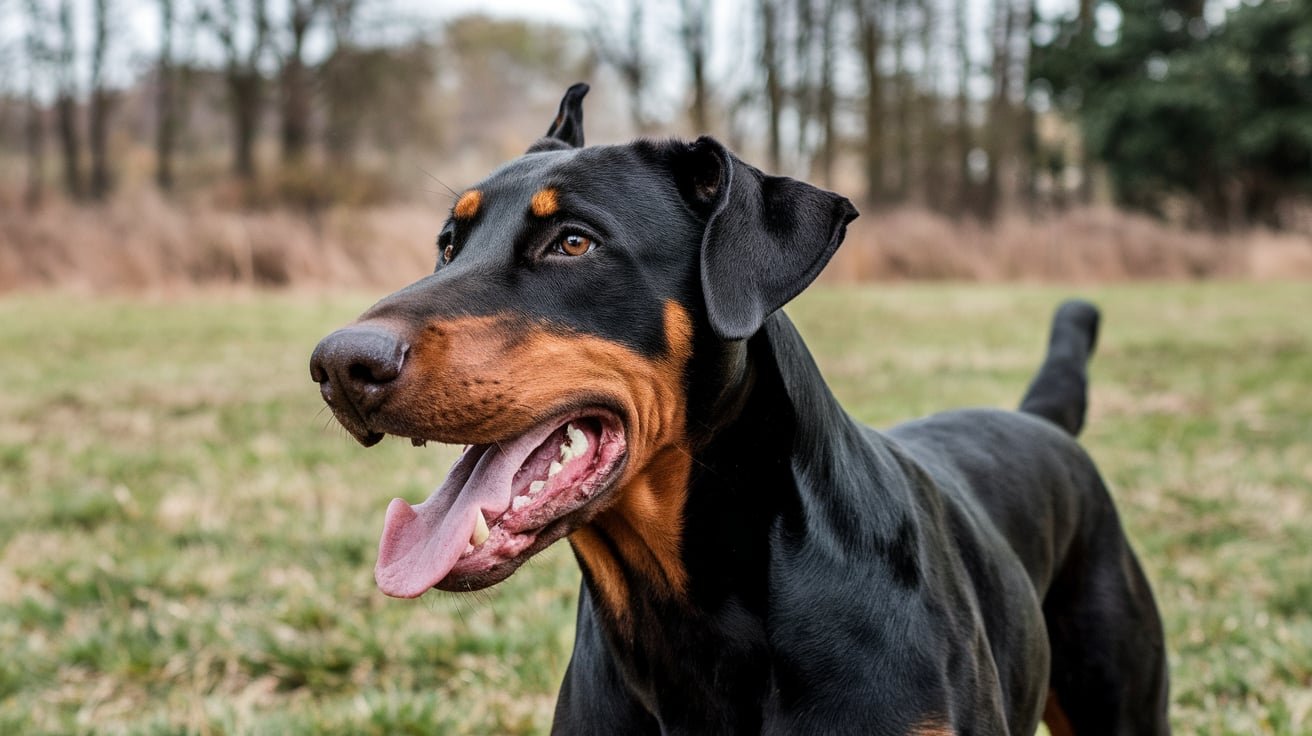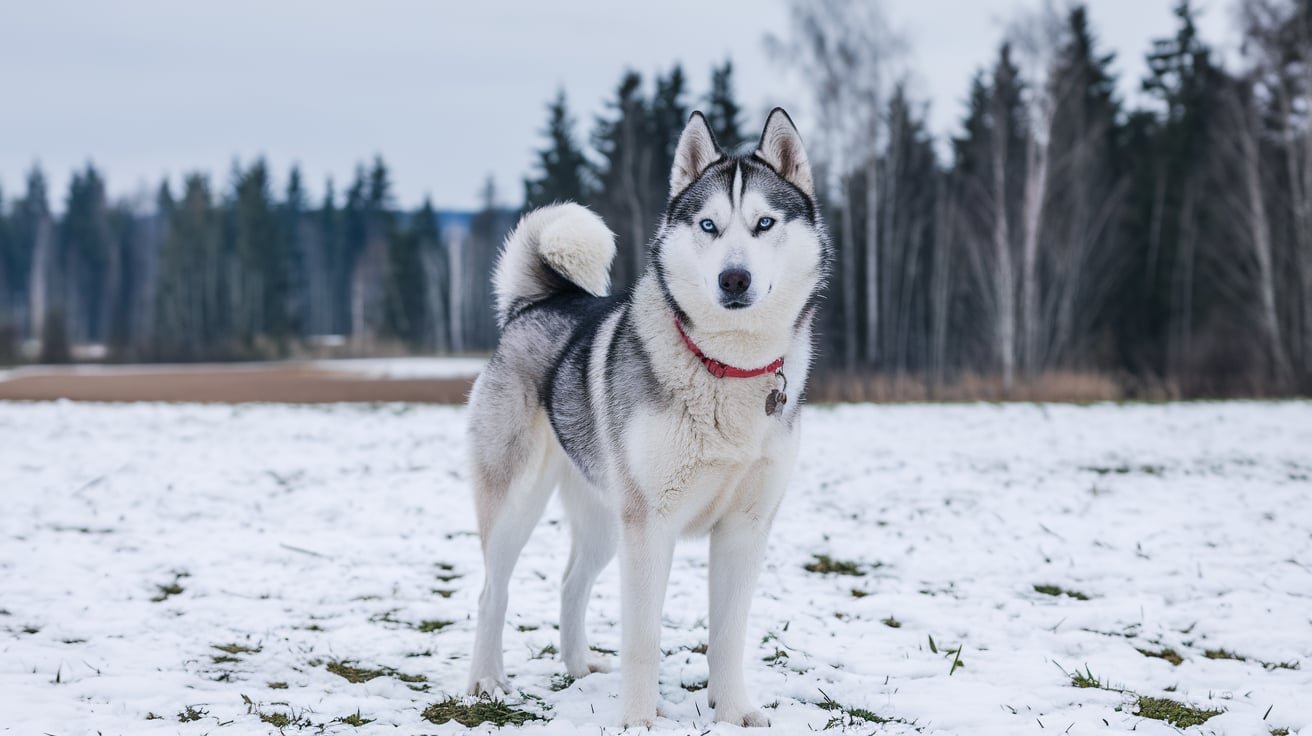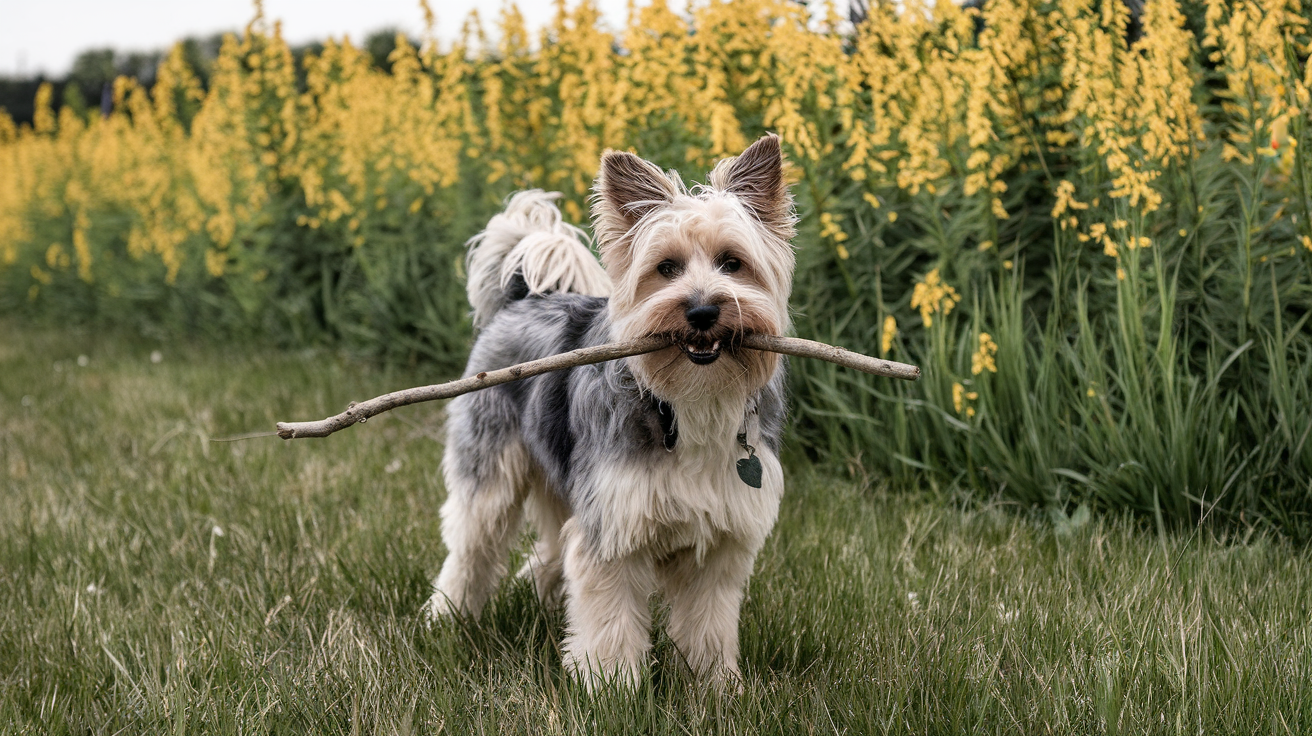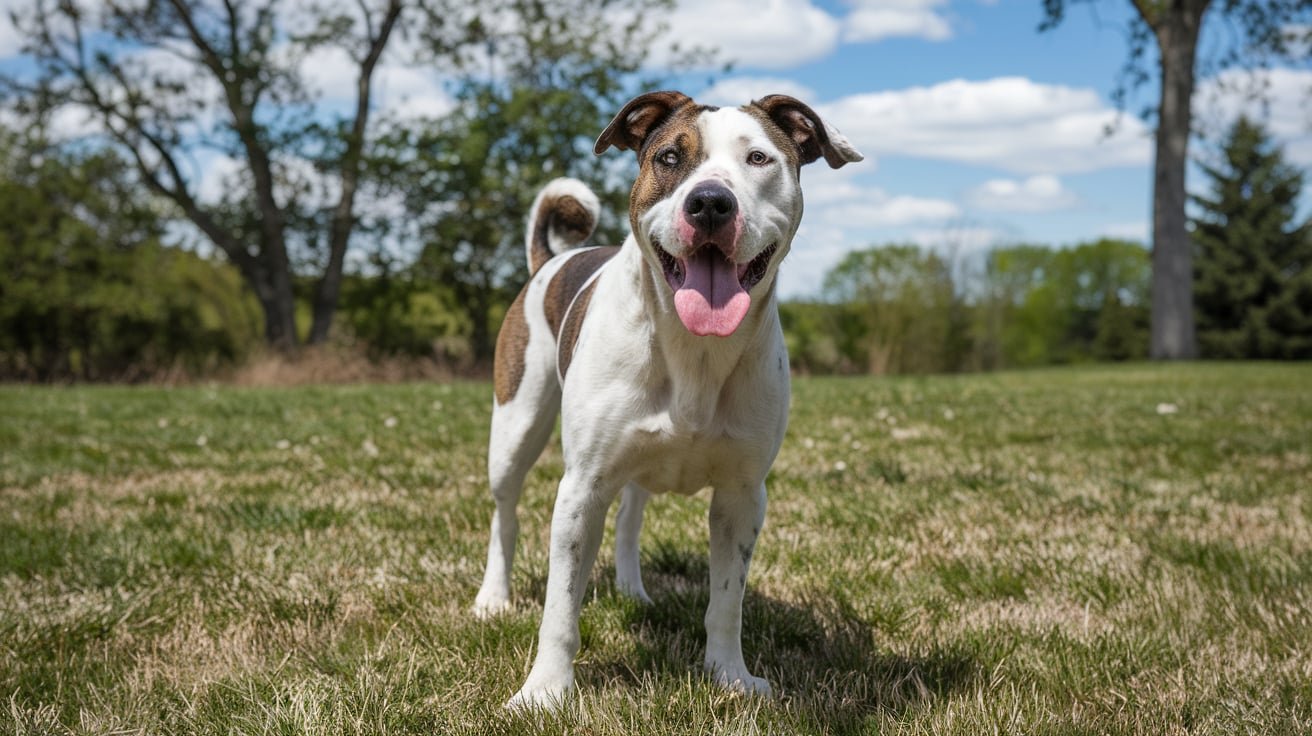Introduction To Scary Dog Breeds
When we hear the term “scary dog breeds”, certain images may come to mind — large, muscular dogs with intense stares and strong jaws. But are these dogs truly dangerous, or are they simply misunderstood? The truth is, many of the breeds that people find frightening are often affectionate and loyal when trained and cared for properly. In this article, we’ll explore the most commonly feared dog breeds in the UK, and provide insight into why these dogs are considered “scary.” We’ll also share tips for owners and recommend products to help manage these powerful pets.
The Reality Behind Scary Dog Breeds
Scary dog breeds often gain their reputation from media portrayals, but the truth is, most dogs act based on how they are raised and trained. A dog that receives proper socialisation and care is far more likely to be calm and friendly, regardless of its size or strength. On the other hand, any dog — big or small — can become aggressive if it’s mistreated or not trained properly.
Let’s take a closer look at some of the most feared dog breeds in the UK.
1. Pit Bulls
The Pit Bull is one of the most infamous dog breeds when it comes to fear and misunderstanding. These dogs are often portrayed as aggressive fighters, but in reality, they can be some of the sweetest pets with the right upbringing.
Anecdote: A Loving Companion
I remember meeting a neighbour who had a Pit Bull named Rocky. At first glance, Rocky was intimidating with his broad chest and muscular frame. However, after just a few minutes, I realised he was a big softie. He would wag his tail excitedly and lick anyone who came near him. His owner shared that he had raised Rocky in a loving environment, teaching him obedience from an early age.
Why They’re Considered Scary
Their muscular build, strong jaws, and past use in dog fighting rings have earned them a bad reputation. However, with proper training and care, they can be incredibly loyal, gentle, and even great with children.
Learn more about Pit Bull training techniques here.
2. Rottweilers
Rottweilers are known for their imposing appearance and history as guard dogs. Their muscular bodies and intense gaze can make them seem frightening to those unfamiliar with the breed.
Training Tips for a Gentle Giant
To help your Rottweiler become a friendly and well-behaved pet, early socialisation is key. Introduce them to different people, places, and other animals while they are still puppies to help them feel comfortable in any situation.
Tip: Use high-quality treats like these tasty options to reinforce positive behaviour.
3. German Shepherds
Known for their work in police and military settings, German Shepherds are often seen as serious, aggressive dogs. However, they can be incredibly loving and protective of their families when trained properly.
Anecdote: A Family’s Protector
A friend of mine adopted a German Shepherd named Max. At first, Max was very protective and wary of strangers, but with the right training, he became a wonderful family dog. Now, he’s a gentle giant, always watching over the kids while they play in the yard.
German Shepherds are loyal, intelligent, and eager to learn, which is why they’re often chosen for working roles. But in the right home, they can be a family’s best friend.
Explore German Shepherd training tips here.
4. Doberman Pinschers
Dobermans are sleek, muscular, and highly intelligent dogs, often used in security and protection roles. Their sharp appearance and reputation for being fierce can make them seem scary.
Why They Get a Bad Rap
Dobermans are naturally protective, which can sometimes be misinterpreted as aggression. However, with proper training, they can become loyal and loving pets. Socialisation is essential to ensure they don’t develop overly protective behaviours.
Check out this guide for socialising your Doberman.
5. Bullmastiffs
Bullmastiffs are large, powerful dogs that have been historically used as guard dogs. Their sheer size alone can be intimidating, but they are often gentle giants when raised in a loving home.
Step-by-Step Guide: Caring for a Bullmastiff
- Start with Early Socialisation: Introduce your Bullmastiff to different environments, sounds, and people from a young age.
- Invest in Proper Training: Enroll them in obedience classes and use positive reinforcement methods.
- Exercise and Mental Stimulation: Despite their large size, Bullmastiffs need regular exercise and mental challenges to stay healthy and happy.
- Buy the Right Equipment: A sturdy harness like this one can help with controlling your Bullmastiff on walks.
Breaking Down the Stereotypes
Many scary dog breeds have been unfairly labelled due to misinformation and misunderstanding. In reality, most of these dogs are loving, loyal, and gentle with the right care. It’s important to remember that every dog is an individual, and breed alone doesn’t determine a dog’s behaviour.
Products to Consider for Training and Safety
- Training Collars: High-quality collars can assist with teaching your dog basic commands.
- Harnesses for Large Breeds: A durable harness can give you better control during walks and ensure your dog’s comfort.
- Interactive Toys: Keep your dog mentally stimulated with puzzle toys, which are great for intelligent breeds like German Shepherds and Rottweilers.
Conclusion: The Truth About Scary Dog Breeds
The idea of “scary” dog breeds is often rooted in myth and media portrayals. Breeds like Pit Bulls, Rottweilers, and Dobermans may look intimidating, but with proper training and care, they can be loving companions. If you’re considering bringing one of these dogs into your home, ensure you’re prepared with the right tools and knowledge to give them the best life possible.
Remember: Every dog deserves a chance, and with the right training and environment, even the scariest-looking dogs can become gentle giants.



